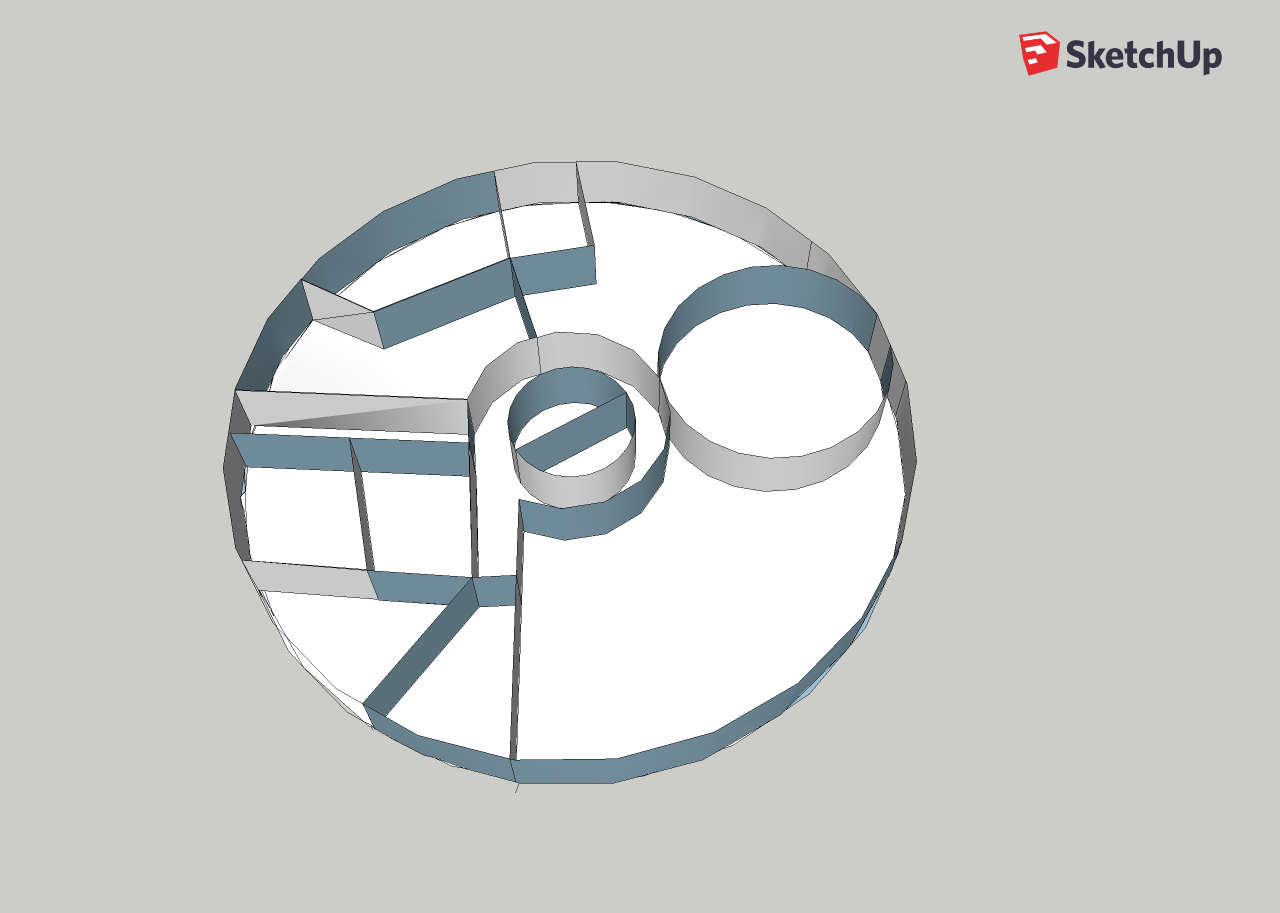Inflatables offer unique benefits for initial habitats. Their construction can be done on Earth where all materials, expertise, and testing is readily available. They can use high-strength material such as Kevlar. They can be packaged tightly within a payload yet expand to very large volumes.
Furthermore, they use very little energy to set up on the Moon, breakdowns during construction are unlikely, they don’t require the mining and processing of materials such as binders for 3D-printed habs, and set-up time could be done in an afternoon simply by opening a valve on a tank of condensed air.
The Space Development Network proposes an initial lunar habitat called the UniHab. It is pancake-shaped with a roof held flat via internal, 1 cm diameter tethers every 3 meters. Think of an air mattress.
The roof is flat so that telerobots can push unconsolidated regolith on top which won’t slough off. About 11 cm of regolith is needed to protect against solar particle events thus protecting the crew who maintain the telerobots which then continuously push more regolith on top until full radiation protection is achieved. The air pressure is far more than adequate to push up the weight of the regolith on the roof.
35% of the internal volume is allocated for a hydroponic greenhouse providing for all of the caloric and air & water processing needs of an initial crew of eight. Space is also allocated for an indoor centrifuge, living, and working areas.
Later inflatables could be delivered on landers using an approach whereby the outermost layer (the abrasion-resistant layer is delivered first with subsequent inner layers delivered and brought in through an airlock. In this way, the maximum, unified footprint can be achieved. For a 20-tonne payload, that comes to about 3.5 acres. So the design of internal spaces is wide open — housing, utilities, garden, recreation, etc.
